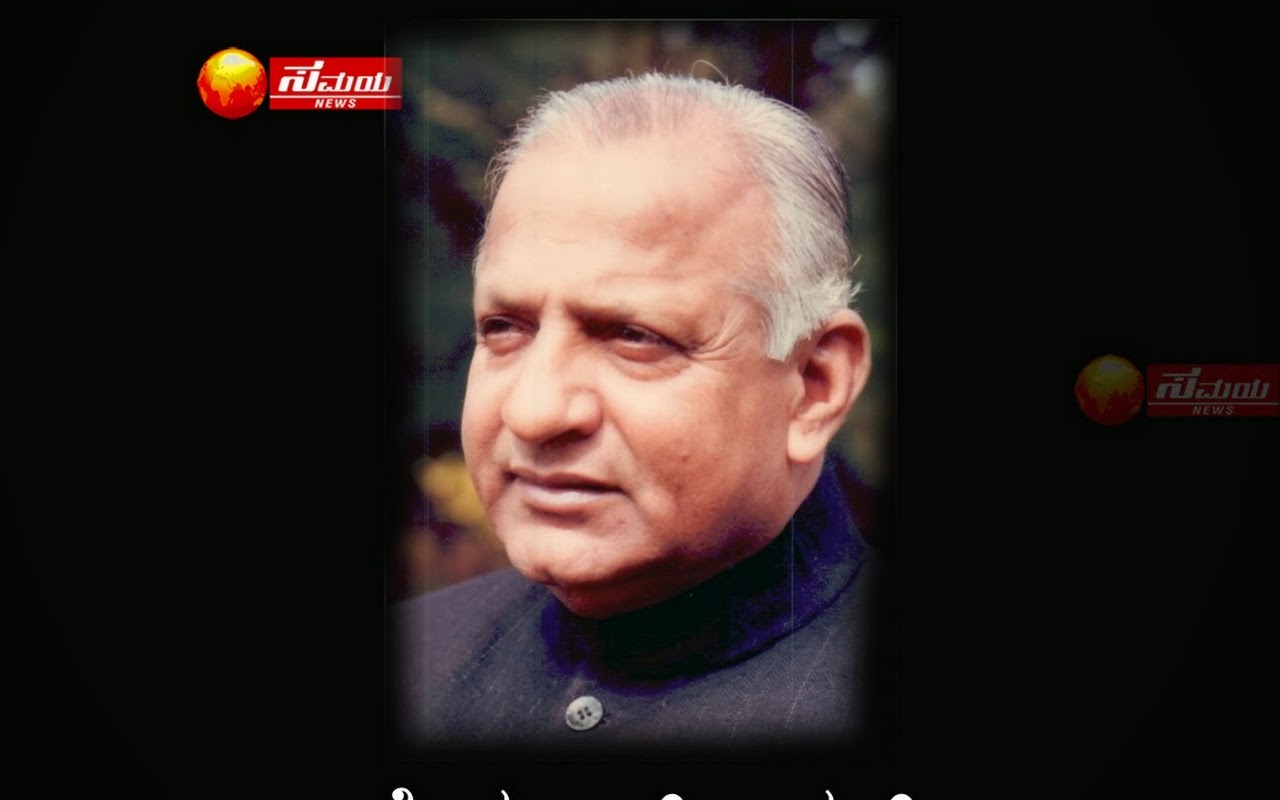World Heritage List
1. Government of India has nominated the following sites for inclusion in the World Heritage List 2020.
a) Dholavira: A Harappan City
b) Monuments and Forts of Deccan Sultanate
2. Government of Madhya Pradesh proposed ‘Group of Monuments at Mandu’ in the year 2019.
About the sites
1. These sites are of outstanding universal value to humanity and have been inscribed on the World Heritage List.
2. They are selected by the United Nations Educational, Scientific and Cultural Organization (UNESCO) for having cultural, historical, scientific or other forms of significance.
3. The site is legally protected by international treaties for future generations to appreciate and enjoy.
Selection procedure
1. The unique heritage sites nominated by the countries are put in Tentative list. These sites must be of outstanding universal value and meet at least one of the ten criteria of UNESCO.
2. It is evaluated by the International Council on Monuments and Sites and the World Conservation Union.
3. These bodies then make their recommendations to the World Heritage Committee.
4. The Committee meets once per year to determine about inscribing each nominated property on the World Heritage List.
5. At present, there are 30 cultural sites, 7 natural sites, and one mixed site.
Monuments
Dholavira
1. The City of Dholavira located in Khadir island of the Rann of Kutch belonged to mature Harappan phase.
2. It was a thriving metropolis and had access to the sea prior to the decrease in sea level.
3. Present site show large scale use of dressed stone in construction.
4. A system based on rainwater harvesting is found to support life in a parched landscape, with scanty sweet water.
5. Harappan signboard is found in this site, which is yet to be deciphered.
Monuments of the Deccan Sultanate
1. It constitutes the most representative and best-conserved examples of Deccani Sultanate monuments in India.
2. It demonstrates convergence of national and international styles of Islamic architecture and their intersections with the prevalent Hindu architecture of Southern India.
3. The monuments are located in states of Karnataka and Andhra Pradesh.
4. These sites display the evolution of the Deccan Sultanate.
a) Gulbarga- First capital of Bahmani Kingdoms in mid-14th Century CE with impressive fortifications, Jami Masjid, and royal tombs.
b) Bidar- Bahmani capital in mid-15th Century CE.
c) Monuments at Bijapur- evolution of Adil Shahi dynasty can be seen through monuments such as Gol Gumbaj.
d) Qutub Shahi monuments of Golconda fort, tombs and the Charminar at Hyderabad.
Monuments of Mandu
It is a group of 61 monuments situated in Madhya Pradesh and declared as monuments of national importance. Some of the important ones are
1. Lohani caves
These rock-cut caves were probably excavated in or about the 11th century A.D.
2. Dilawar Khan's Mosque
a) The earliest Indo-Islamic building at Mandu is Dilawar Khan's mosque. It consists of a central courtyard, enclosed by colonnade all around.
b) The prayer hall has ceiling in Hindu style and its architecture is considerably influenced by Hindu workmanship.
3. Hindola Mahal
a) The side walls are strengthened with massive sloping buttresses which have given the name ‘Swinging (Hindola) palace’ to the building.
b) Architecturally, the palace is assigned to the end of the 15th century A.D.
4. Jahaj Mahal
It is known as ‘Ship Palace’ as it is on the narrow strip of land between the waters of the Munj and Kapur tanks.
Source-UNESCO
